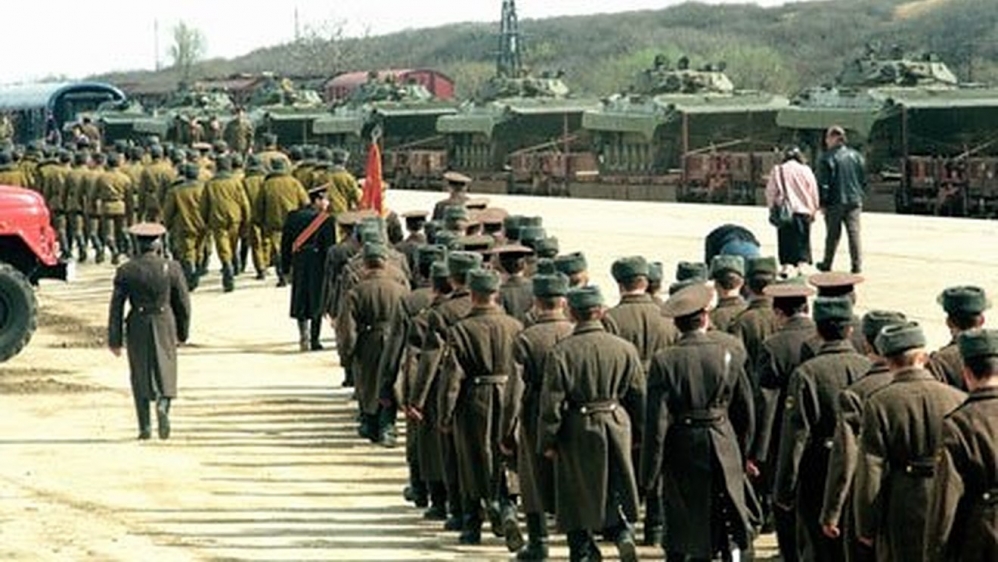You rareIy saw Soviet soldiers in Budapest as the rendszerváltás approached. In 1990, Viktor Orbán and I were driving back to Budapest late one night, from an election rally in the countryside. Suddenly, a Soviet soldier appeared in the middle of the road, signaling for us to stop. Orbán didn’t slow down and almost ran him over.
“What was all that?” I asked. “He probably wants us to buy some booze for him,” he replied. I discovered, on subsequent enquiries, from acquaintances in the countryside that Soviet soldiers from nearby garrisons would often pester locals for booze-shopping or auction off military equipment.
Over the years, I’ve met many Russians who spent time in Hungary during the Soviet years and they all speak of Hungary with great fondness.
When the first batch of Soviet units left the country (a very small batch), I attended the press conference. We were presented with a tank, and two of its crew. The Soviets had a very practical view of tank design. They designed a tank the way they wanted it and then to make the best use of space, they found very short conscripts to stuff inside.
I had a go at interviewing the two persons of restricted height.
“Guys, what are your names?”
“We can’t tell you.”
“So, where are you from?”
“The Soviet Union.”
In a final attempt to get some repartee flowing, I pointed at some tubes on the side of the tank, which I knew, and anyone who’d ever read a newspaper article or opened a kids book about tanks knew, fired out smoke canisters.
“What do those things do?”
“We don’t know.”
You earned your money as a journalist in those days. The Soviets left, but, of course, the Russians stayed on.
Ez az írás magyarul is elérhető.
Cover photo: mult-kor.hu.










